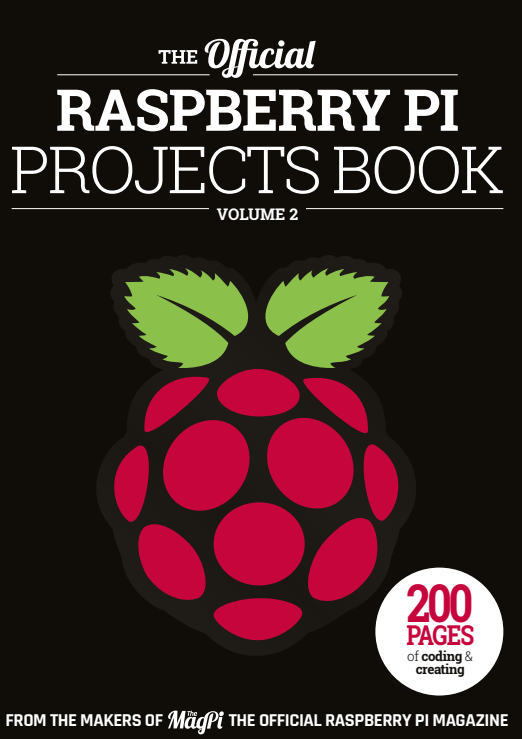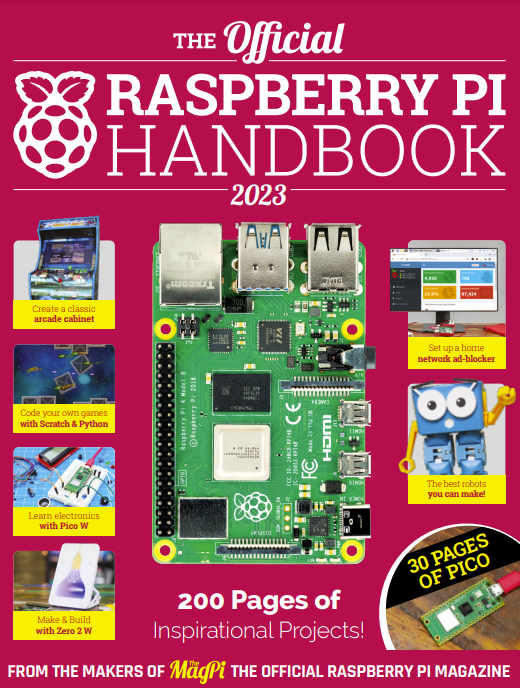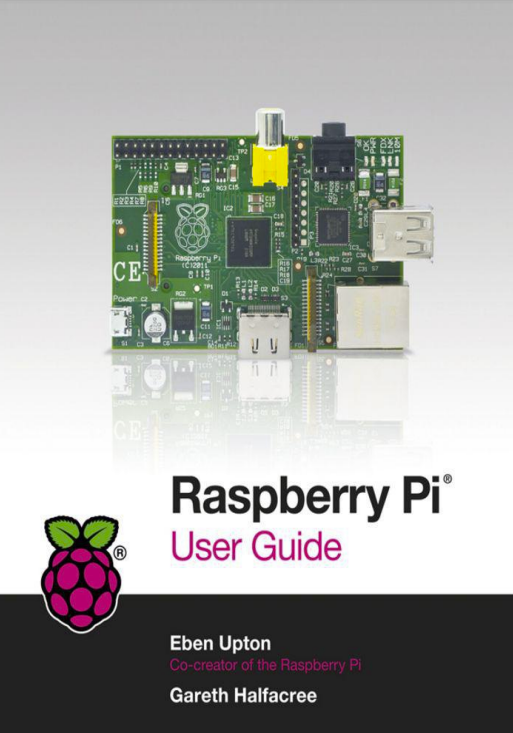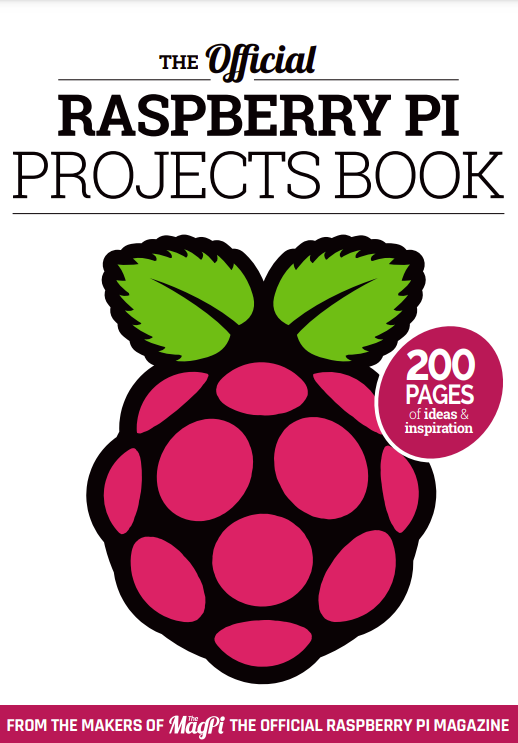The Raspberry Pi is a wonderful microcomputer that brims with potential. With a Raspberry Pi you can build robots, learn to code, and create all kinds of weird and wonderful projects.
Hackers and enthusiasts have turned Raspberry Pi boards into fully automated weather stations, internet-connected beehives, motorised skateboards, and much more. The only limit is your imagination.
But first, you need to start at the beginning. Upon picking up your Raspberry Pi for the first time, you’re faced with a small green board of chips and sockets and may have no idea what to do with it. Before you can start building the project of your dreams, you’ll need to get the basics sorted: keyboard, mouse, display, and operating system.
Creating projects with a Raspberry Pi is fun once you’ve mastered the basics. So in this guide, we’re going to take you from newbie zero to Raspberry Pi hero. Grab your Raspberry Pi and let’s get going.
Raspberry Pi is a series of small single-board computers (SBCs) developed in the United Kingdom by the Raspberry Pi Foundation in association with Broadcom.
The Raspberry Pi project originally leaned towards the promotion of teaching basic computer science in schools and in developing countries. The original model became more popular than anticipated, selling outside its target market for uses such as robotics. It is widely used in many areas, such as for weather monitoring, because of its low cost, modularity, and open design. It is typically used by computer and electronic hobbyists, due to its adoption of HDMI and USB standards.
After the release of the second board type, the Raspberry Pi Foundation set up a new entity, named Raspberry Pi Trading, and installed Eben Upton as CEO, with the responsibility of developing technology. The Foundation was rededicated as an educational charity for promoting the teaching of basic computer science in schools and developing countries. Most Pis are made in a Sony factory in Pencoed, Wales, while others are made in China and Japan.






